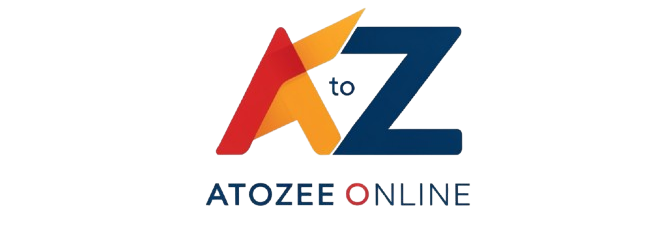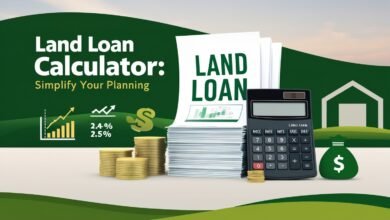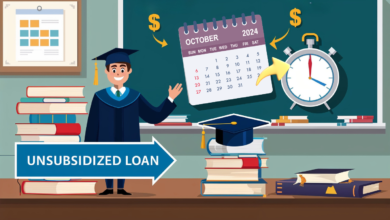What is Biden Student Loan
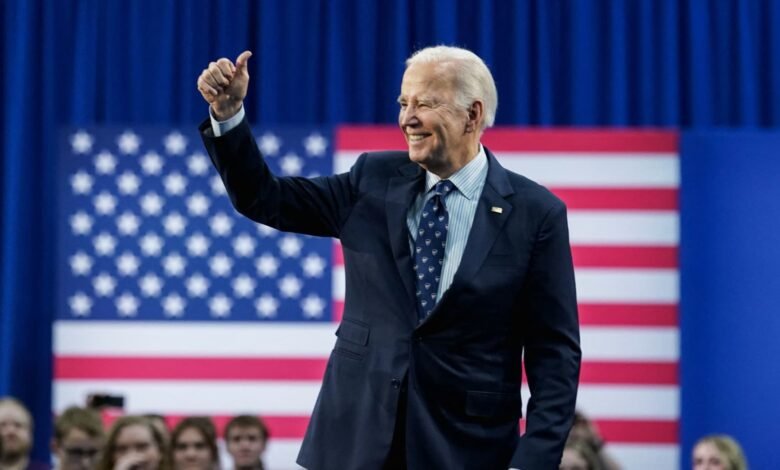
What is Biden Student Loan?
Learn what is Biden Student Loan relief, including forgiveness programs, repayment options, and eligibility. Discover how these policies impact federal student loans.
Introduction:
For millions of us, year after year that has meant making plans and life decisions differently than we might have if not saddled with student loan debt. President Joe Biden has proposed several policies to lift the weight of federal student loan borrowers to alleviate this burden. Together, these efforts, which amount to “Biden Student Loan relief,” concentrate on easing repayment and providing pathways for more extensive forgiveness while deploying temporary (band-aid) measures. But what specific policies are we talking about? This guide discusses the specifics and ramifications of Biden’s student loan policies for loan forgiveness and repayment plans.
Biden Student Loan Overview:
Biden Student Loan is a catchall term for the slew of relief programs and policy changes rolled out by the Biden Administration to assist borrowers in navigating their federal student loans. No, the Biden Student Loan is not a singular program here. Still, it includes possible efforts by the Administration to make forgiveness programs more accessible, repayment plans friendlier, and some relief from student loans during COVID-19. These initiatives aim to curb the out-of-pocket expenditure for the borrowers, particularly those belonging to below the poverty line and middle-income groups.
Student Loan Relief: What Biden Wants, and Why
The Biden Administration has several key goals in its approach to student loan relief:
- Immediate Relief In Times Of Crisis:
A temporary cease-fire of loan payments and interest was a hallmark in the fight against COVID-19, with borrowers taking temporary shelter from economic turmoil. - Streamlining Loan Forgiveness Pathways:
Biden plans to improve and make more viable existing loan forgiveness paths, such as the PLSF and other protections, through a progression of strategies. - Enhancing Long-Term Affordability:
Changes to income-driven repayment (IDR) plans are designed to ensure that borrowers make only affordable repayments, with the potential for lower monthly payments and less overall interest.
Major Features of the Biden Student Loan Plans:
The good news is that Biden’s student loan policy ideas include immediate relief measures, long-term repayment adjustments, and even some broader debt cancellation. This is a comprehensive breakdown of each piece:
- Payment Pause due to COVID-19:
Federal student loan payments have paused, and interest rates were reduced to 0% in March 2020. The Biden Administration continued to defer this policy several times over, which provided significant financial relief for those experiencing economic hardship due to the pandemic. - Reforms to Public Service Loan Forgiveness (PSLF):
PSLF provides loan forgiveness for borrowers who work full-time in public service jobs and make 120 qualifying monthly payments. Temporarily, the Biden Administration also loosened several criteria so more student loan borrowers could get approved (including those previously disqualified for payment.) - IDR Plan Adjustments (Income-Driven Repayment):
Monthly payments for IDR plans that factor in a borrower’s income and family size will be adjusted. The Biden Administration floated a new IDR plan that reduces the portion of income borrowers have to pay per month, with forgiveness after less time in repayment for lower balances.
Embrace Pointed Advance Pardon, which circumvented the legal deterrents a high-level student loan cancellation process faced. However, the Biden Administration has continued to target certain groups for forgiveness efforts, such as student debt related to Permanent Disability or long-time participants in income-driven repayment plans.
What is Biden Loan Forgiveness for Students?
Biden Student Loan Forgiveness is the general term for efforts by Biden and CFPB to cancel some federal student debt. Although President Biden has endorsed the principle of cancelling up to $10,000 in student debt per borrower, a series of legal objections and political headwinds have stopped a broader cancellation from coming off. Rather, the Administration has sought only to simplify and enlarge forgiveness for those already able to leverage it (e.g., public service workers; consumers with emergent financial hardship over long periods of repayment).
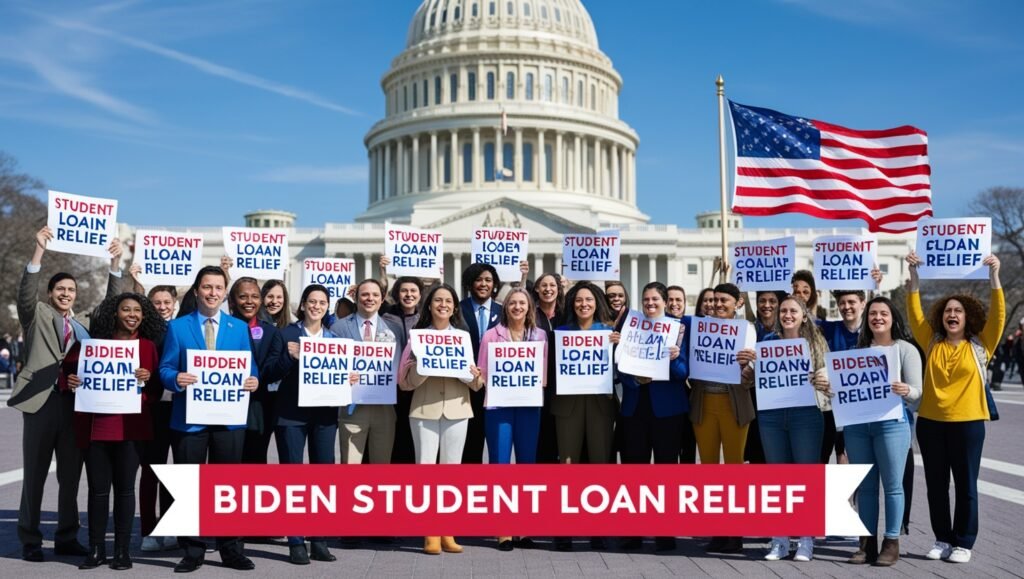
Improving the Public Service Loan Forgiveness (PSLF):
A major adjustment in Biden-styled student loan policies is overhauling the PSLF program. Created in 2007, PSLF has been a critical tool for those providing public services — such as teachers, nurses, firefighters and nonprofit employees. Unfortunately, the program suffered from extraordinarily high denials due to strict and often confusing criteria. The program has since seen major enhancements by the Biden Administration to make it less complicated for human beings to apply:
- Temporary PSLF Waivers:
A short-term waiver in which borrowers could use prior payments not previously countable towards their 120 needed payments, even if they were made under different repayment or delinquent status. - Easier path to forgiveness:
The Administration also tried to reduce the paperwork necessary for PSLF and help more borrowers qualify by creating a simpler way for eligible people to certify their employment and track their progress towards satisfying any term limits. - Employer Certification Tools:
These tools can help borrowers ensure their employer is PSLF-eligible, preventing any confusion or missteps during the application process.
Biden and Income-Driven Repayment Plans (IDR):
For years, income-driven repayment (IDR) plans have been an alternative for borrowers who can’t afford their monthly bills. Such plans peg payments to income, capping them as a percentage of discretionary income and discharging the remaining balance after 20 or 25 years. That includes having the Biden Administration take steps to strengthen such plans in these 15 states:
- The new IDR proposal:
It reduces payments by lowering the income cutoff percentage for monthly payments. Near the New College Completion Goal, for instance, there is a ceiling of 5% of discretionary income to pay on undergraduate loans. - Automatic Enrollment for Delinquent Borrowers:
To prevent borrowers from defaulting, the Administration has recommended automatically enrolling delinquent borrowers in IDR. - A 20-Year Path to Loan Forgiveness:
Additionally, the plan would provide for loan forgiveness after 20 years of payments and see some low-balance borrowers’ debts wiped away even sooner.
Fresh Start Initiative: Defaulted Loans:
The Biden Administration created the “Fresh Start” program as a response to assist borrowers who had defaulted on their federal student loans during the coronavirus pandemic. The program provides borrowers with a fresh start in the federal student aid programs and access to new repayment plans with a clean slate—without collection actions being applied simultaneously on their defaulted loans. It is a huge opportunity for defaulted borrowers to rebuild their financial lives.
Pros & Cons Critiques on Biden’s Student Loans Policy:
Though the student loan relief programs sponsored by the Biden Administration have given stunning assistance to some borrowers, they experienced fierce resistance and reputable challenges. Issues among these students are.
- Legal Obstacles to Widespread Cancellation:
The Biden administration’s efforts to use executive action (and a lack of consultation with Congress) to target up to $10,000 or up to $20,000 per borrower in broad-based cancellation were effectively thwarted when the Supreme Court determined that such an approach was beyond its own purview. - Challenging to Navigate Current Programs:
Many requirements in existing PSLF, IDR and other programs are difficult for borrowers to navigate even with simplified processes (e.g. frustration/delays). - Partial Solution:
As more sweeping solutions like free college for all gain popularity, some advocates argue that even targeted forgiveness efforts and temporary pauses won’t adequately address the larger structural issues driving the student debt crisis — soaring tuition prices and inequitable access to higher education.
How Does Biden Student Loan Relief Affect Borrowers?
While the Biden Administration’s student loan relief measures have provided significant support for many borrowers, they have also faced criticism and legal challenges. Key points of contention include:
- Legal Hurdles to Broad Cancellation:
Attempts to broadly cancel up to $10,000 or $20,000 per borrower through executive action were blocked by the Supreme Court, arguing that such a move exceeded executive authority. - Complexity of Existing Programs:
Despite efforts to simplify processes, many borrowers still find the requirements for PSLF, IDR, and other programs challenging to navigate, leading to frustration and delays in receiving benefits. - Limited Scope of Relief:
Critics argue that targeted forgiveness efforts and temporary pauses fail to address the structural issues that have led to the student debt crisis, such as rising tuition costs and unequal access to higher education.
The Future of Biden’s Student Loan Relief Programs:
With the Biden Administration struggling to overcome legal challenges and political pressures, student loan relief is a national debate subject. The Administration has indicated it will explore other approaches to aid borrowers, whether through regulations around existing programs or a legislative push for sweeping cancellation.
- Possible Legislation:
Legal organizations will continue to call on Congress for a legislative solution next year that could be executed more broadly but would need bipartisan backing. - Affordability in Higher Education:
The Biden Administration has campaigned on providing loan relief and has also gone all-in on making college more accessible and cheaper, proposing increasing Pell Grants and investing in community colleges. - Longer-Term Repayment Options:
Adjustable repayment plans indicate that the Administration wants to change policy toto fix the long-term issue for future borrowers.
Applying for Biden Student Loan Programs:
If you are a borrower interested in accessing relief under Biden’s student loan policies, here’s what you need to know:
- Public Service Loan Forgiveness:
Start by submitting an Employment Certification Form through the Federal Student Aid website. Verify your employer’s eligibility and keep track of your qualifying payments. - Income-Driven Repayment Plans:
To enroll in an IDR plan, fill out an application on the Federal Student Aid website or contact your loan servicer for guidance on which plan best suits your needs. - Fresh Start Initiative:
Defaulted borrowers can contact their loan servicer to discuss options for returning to good standing and explore available repayment plans.
Biden Student Loan Relief: Real-Life Impacts:
People are suffering under the weight of Biden’s student loan policies, and millions more have stories to share. The break in repayment allowed some to focus on paying other bills, while it took that long for others to see their PSLF forgiveness dream come true. These are very real examples of the harm that these policies cause and why affordable loan repayment options must be made available.

Conclusion:
The Biden Student Loan relief is an important step to address America’s growing student debt crisis. Many of these policies, including targeted forgiveness, revising repayment plans and temporary relief, have impacted millions of borrowers. While a larger debt exemption is still controversial, the Administration appears to provide student debtor relief by concentrating on making current programs more comprehensive and efficient to move towards a brighter future for users. Being able to know and work these programs can be the difference in securing your financial independence or not.
FAQs
- What is the main purpose of the Biden Student Loan policies?
The primary aim is to reduce the financial burden of student loans through targeted relief programs, simplified repayment options, and expanded eligibility for loan forgiveness. - Can I qualify for loan forgiveness if I work in a non-profit organization?
Yes, borrowers working for qualifying non-profit organizations may be eligible for forgiveness under the PSLF program if they meet other criteria such as making 120 qualifying payments. - What should I do if my student loan is in default?
You can take advantage of the Fresh Start initiative, which allows borrowers in default to regain eligibility for federal aid and enter new repayment plans without immediate collection actions. - How does the proposed IDR plan differ from existing plans?
Biden’s proposed IDR plan aims to reduce monthly payments to 5% of discretionary income for some borrowers and shorten the time required for loan forgiveness, particularly for those with lower balances. - Is there any chance for broader student loan forgiveness in the future?
While broader cancellation has faced legal challenges, the Biden Administration continues to explore legislative options and other policy measures to provide relief. - How do I apply for the Public Service Loan Forgiveness (PSLF)?
Submit an Employment Certification Form through the Federal Student Aid website and ensure your employment qualifies. Keep records of your payments and employment history.
